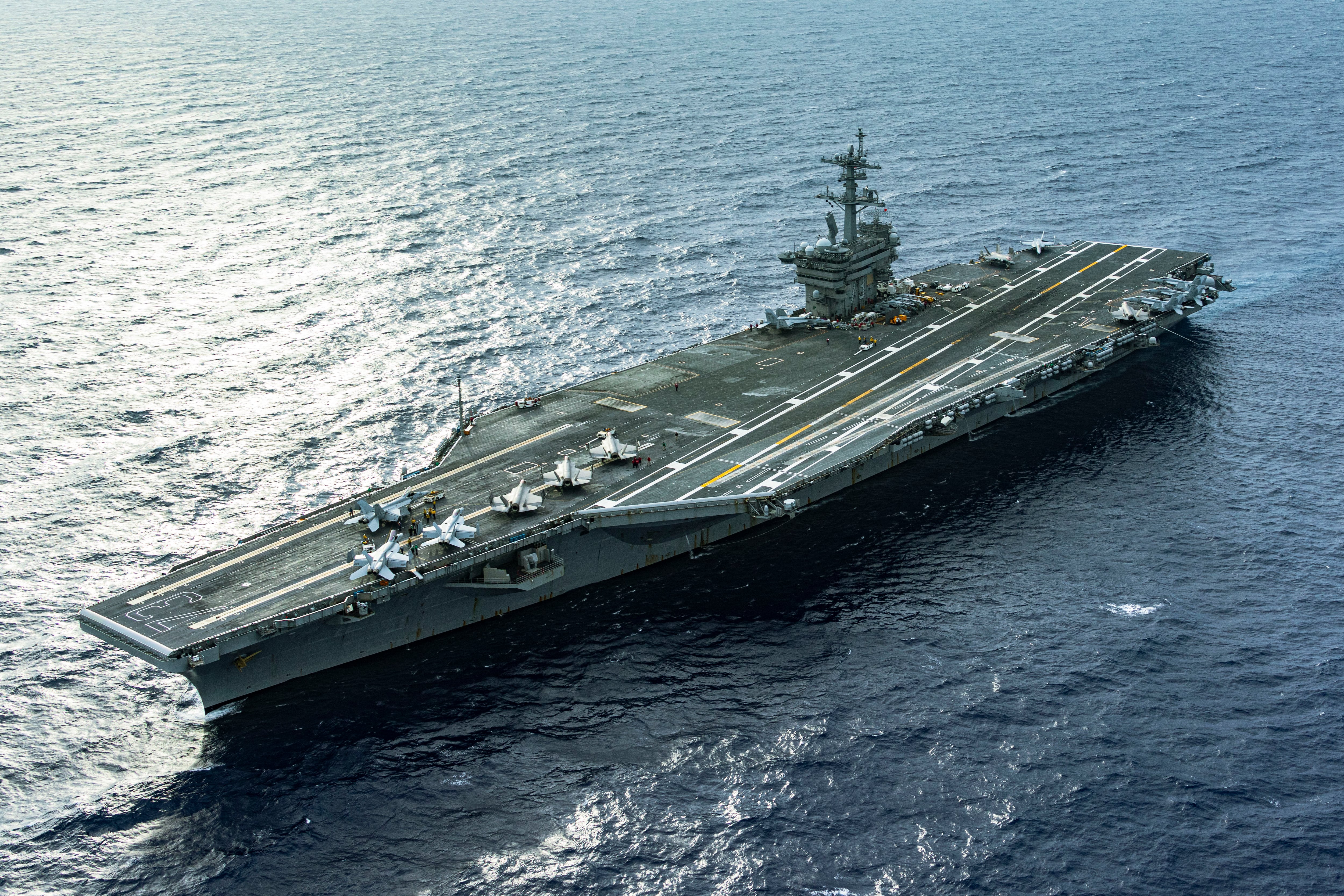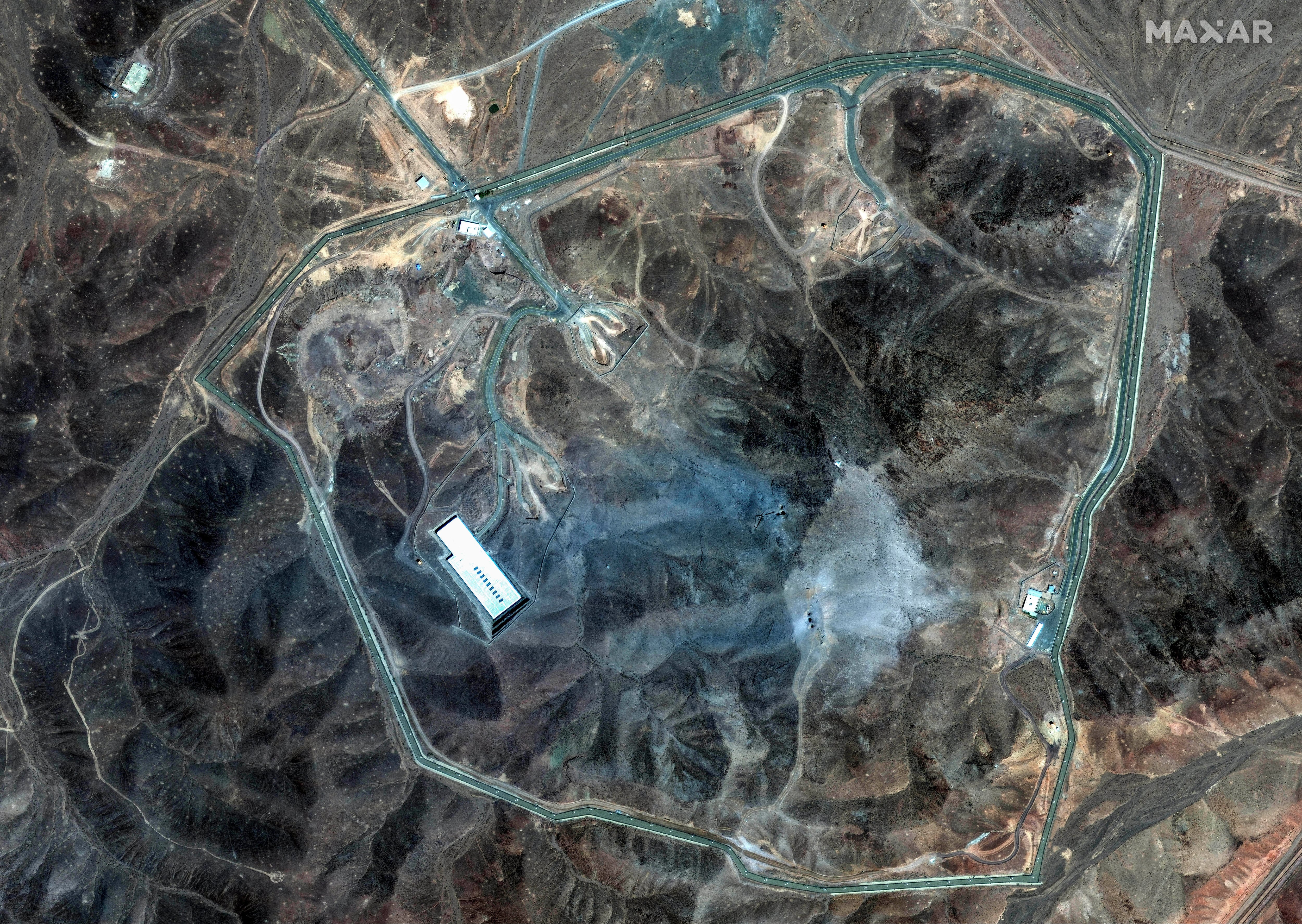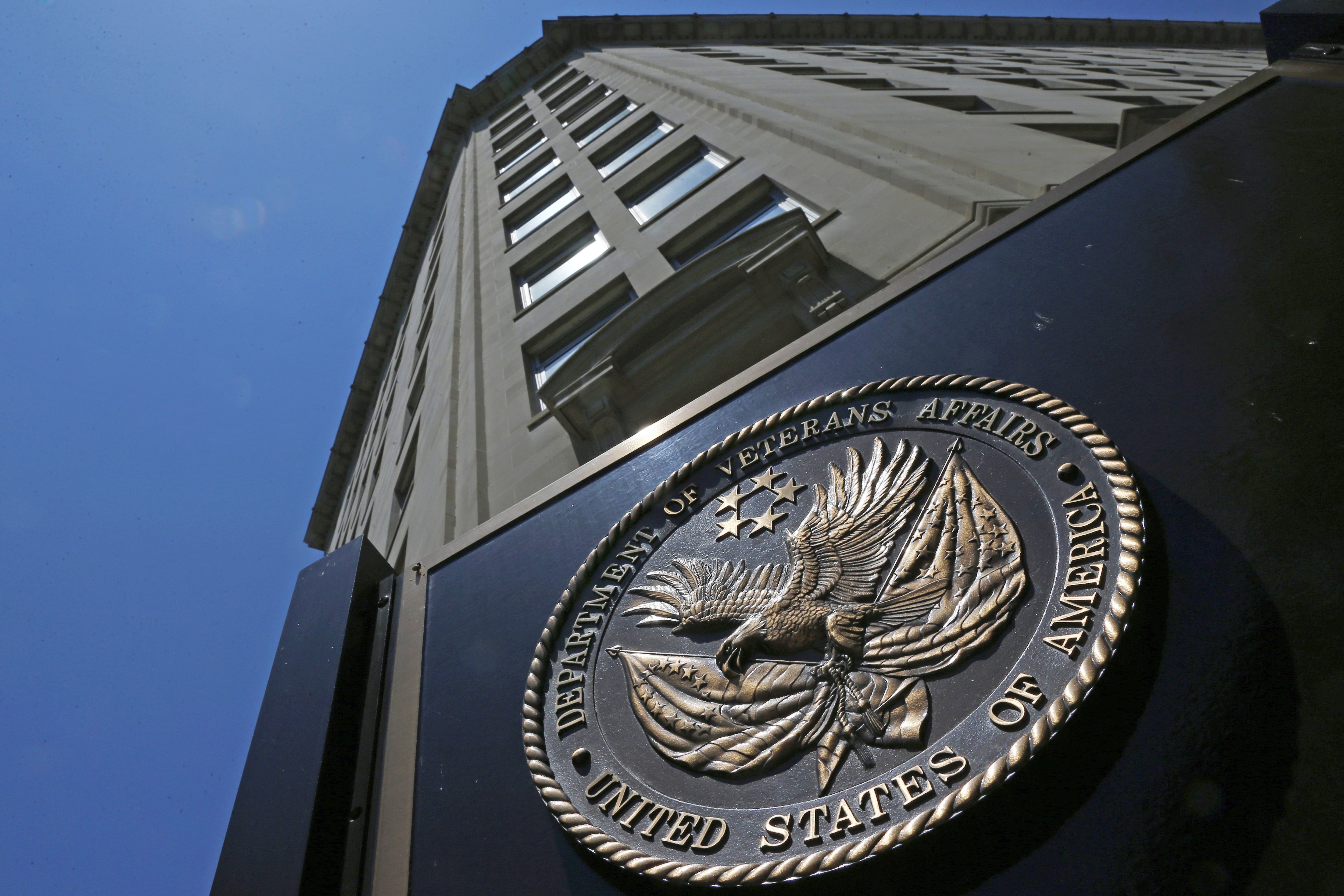WASHINGTON – A super-lethal "firefight-ending capability" is among the Army modernization priorities set out in the service's new operating concept, according to Lt. Gen. H.R. McMaster, who runs the Army Capabilities Integration Center (ARCIC) and is chief of "futures" for Training and Doctrine Command.
"We believe if we show up with 'US Army' on our chest in large numbers, firefights should last 10 seconds, not 10 hours," McMaster told an audience at the AUSA meeting Tuesday.
McMaster said the operating concept, "Win in a Complex World," includes 10 technological priorities. Among these are systems that help the Army fight across large areas, such as UAVs or other or other autonomous gear, plus the ability to integrate those with precision munitions.
For ground vehicles, the Army is looking for advances in material science that could, for example, lighten them without eroding protection, or "up-gun" their weapons load. In the sphere of communications, the Army wants a better expeditionary mission command network.
The concept also spells out various principles applicable to all types of gear and weapons, including: they must be designed to various consider human factors, be scalable across the force, and be resilient enough to endure catastrophic failure.
And although the Army is seeking a dominant capability in firefights, McMaster said, the service is not taking dominance or decisive action for granted. Instead, it assumes interactions with multiple enemies, who will try to disrupt the Army's advantages — through "dispersion, concealment, intermingling with civilian populations.
"Our networked strike capability, our communications capability, our precision strike capability — they'll try to disrupt that with emerging technologies," McMaster said.
Enemies will take advantage of the ease with which technology can be transferred and emulate U.S. technological advantages, like precision strike and aerial drones.
McMaster said enemies are expanding onto "the battleground of information," and political subversion, tactics associated with insurgent or terrorist networks.
Current threats demand an Army that can deploy forces quickly with the right combination of mobility, protection and firepower. Enemy anti-access/area-denial tactics demand an Army that can "achieve surprise and strike enemies from unexpected directions," he said.
Joe Gould was the senior Pentagon reporter for Defense News, covering the intersection of national security policy, politics and the defense industry. He had previously served as Congress reporter.




